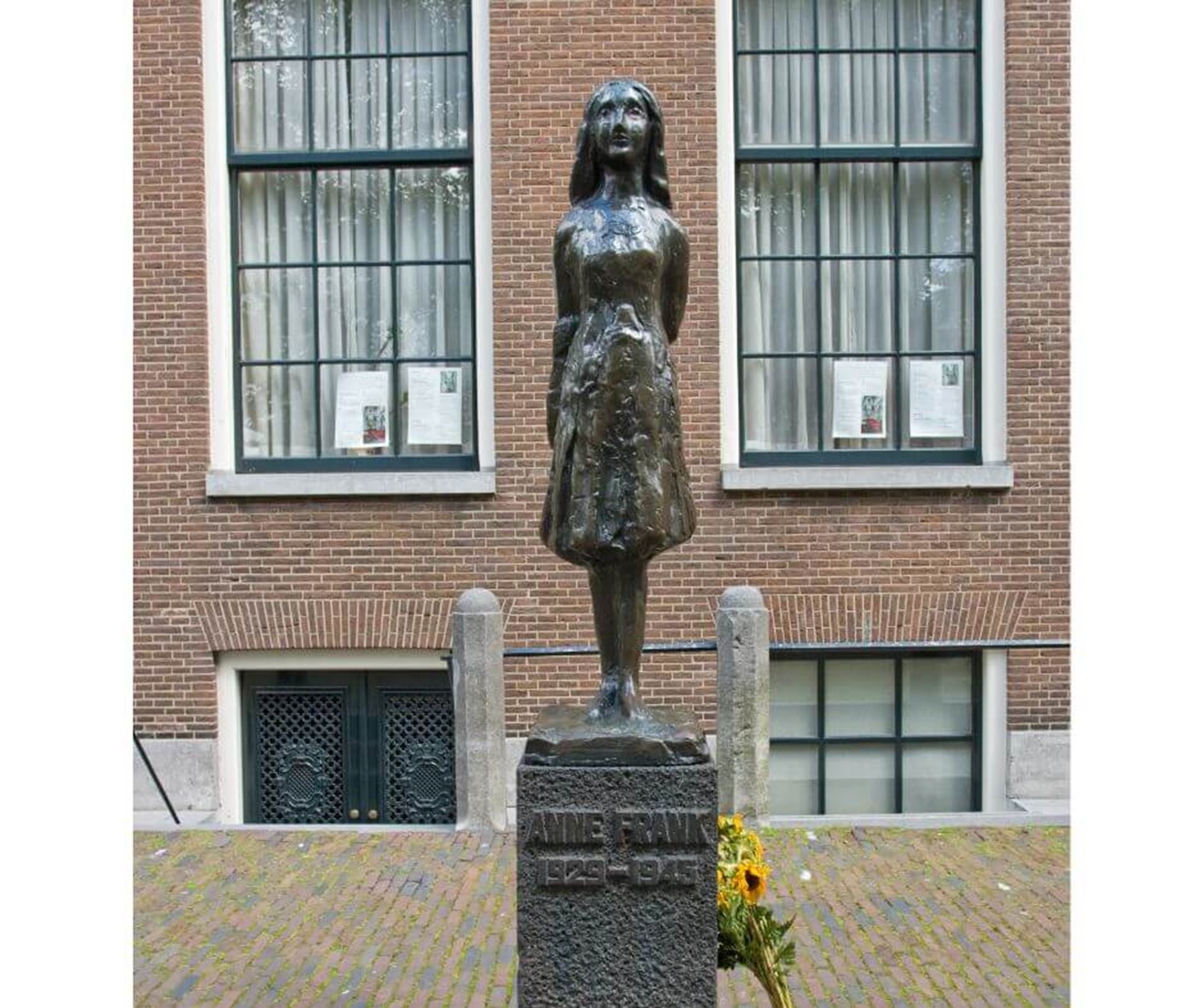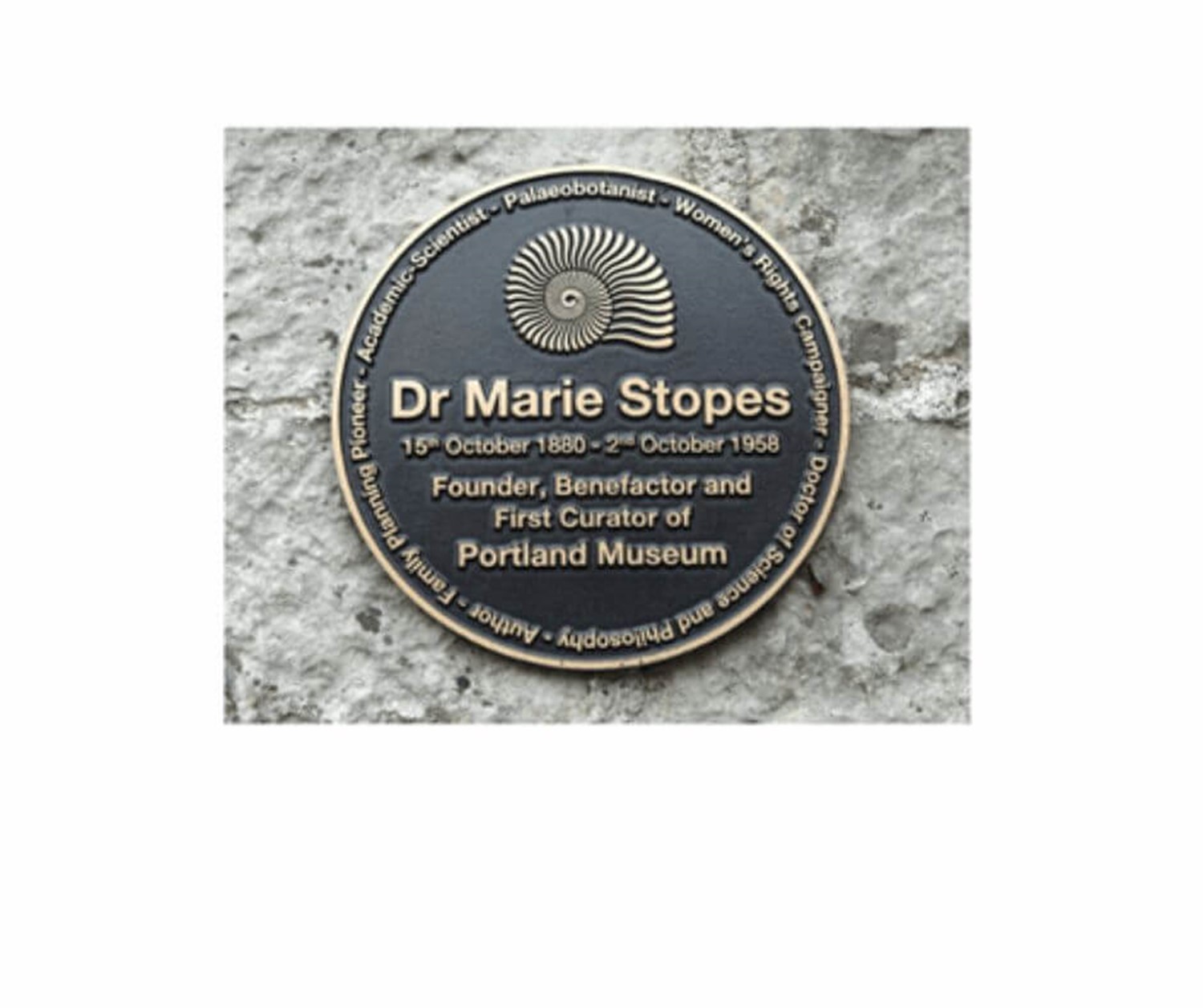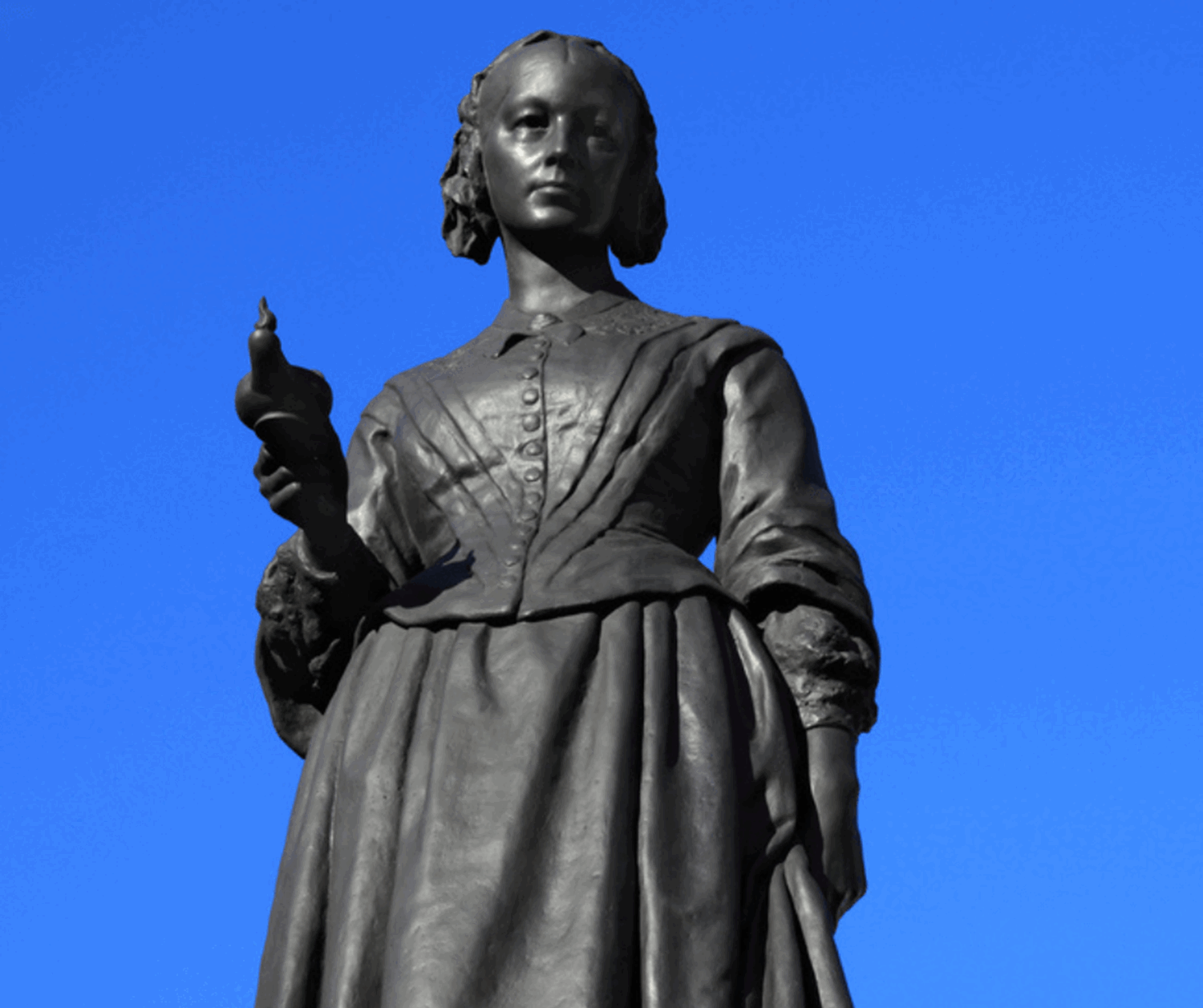We use necessary cookies to make our website work. We’d also like to set analytics cookies that help us make improvements to our website. For more detailed information about the cookies we use, read our Cookie Policy.

Women's History Month and International Women's Day
Date Published: 06/03/2023
View all news storiesTo celebrate Women's History Month and International Women's Day on March 8th, we are celebrating some of the inspiring accomplishments made throughout history by Anne Frank, Florence Nightingale and Marie Stopes, empowering women today.
International Women’s Day is a global day celebrating the social, economic, cultural and political achievements of women. The day also marks a call to action for accelerating women’s equality. International Women’s Day has occurred for well over a century, with the first IWD gathering in 1911 supported by over a million people. Today, International Women’s Day belongs to all groups collectively everywhere. It is not country, group or organisation specific. Each year International Women’s Day hosts a different theme. This year's theme is all about Embracing Equality, to get the world talking about why equal opportunities aren't enough. People start from different places, so true inclusion and belonging require equitable action.
More information on this day and the events and resources available can be found at https://www.internationalwomensday.com/in

Anne Frank
Anne Frank was a Jewish girl who became world-famous thanks to the diary she wrote during the Second World War, while she was in hiding in the Achterhuis (the Annex) on Prinsengracht in Amsterdam.
Annelies Marie (Anne) Frank was born on June 12th, 1929, in the Germany city Frankfurt am Main. Like her sister Margot, Anne was born in the clinic of the Vaterländische Frauenverein. She was 54 centimetres long and weighed 8¼ pounds. After her parents' decision to leave Germany, Anne initially lived with her mother and Margot with her grandmother in Aachen. Margot moved permanently to Amsterdam in December 1933; Anne had to wait until February 1934. From April 1934 to July 1935 she went to the kindergarten class at the 6th Montessori school. In August 1935 Anne went to the 6th Montessori school. After the sixth grade she was supposed to stay at the school for a seventh year, but due to educational segregation this was not possible. She was accepted at the Jewish Lyceum, and so went to secondary school after all. Anne described her classmates and various incidents at the Jewish Lyceum in her diary and Verhaaltjesboek (Storybook). Anne's health was not very good. She was often ill and couldn't take part in gymnastics because her arms and legs dislocated easily. This also affected her when she wanted to do gymnastics in the Secret Annex.
Anne was the only person who documented the hiding period in the Secret Annex extensively. Only Otto Frank and Miep Gies have added to and corrected this information. This means that everything we know about the hiding period is highly coloured by Anne's perception.
After the arrest on 4 August 1944, Anne ended up in Auschwitz via Westerbork. For the first eight weeks Anne was with her mother and Margot. In late October or early November the girls were put on a transport to Germany and ended up in Bergen Belsen. Like Margot, Anne contracted typhus and died in February 1945, shortly after her sister, at the age of 15.
https://research.annefrank.org/en/personen/c096c411-9830-4e8e-bc9c-85ff188a1feb/

Marie Stopes
Marie Stopes, in full Marie Charlotte Carmichael Stopes, (born October 15, 1880, Edinburgh, Scotland—died October 2, 1958, near Dorking, Surrey, England), advocate of birth control who, in 1921, founded the United Kingdom’s first instructional clinic for contraception. Although her clinical work, writings, and speeches evoked violent opposition, especially from Roman Catholics, she greatly influenced the Church of England’s gradual relaxation (from 1930) of its stand against birth control.
Stopes grew up in a wealthy, educated family; her father was an architect, her mother a scholar of Shakespeare and an advocate for the education of women. Stopes obtained a science degree (1902) from University College, London, which she completed in only two years. She went on to do postgraduate studies in paleobotany (fossil plants), earning a doctorate from the University of Munich in 1904. That same year she became an assistant lecturer of botany at the University of Manchester. She specialized in fossil plants and the problems of coal mining. She married her first husband, a botanist named Reginald Ruggles Gates, in 1911. Stopes would later assert that her marriage was unconsummated and that she knew little about sex when she first married.
Her failed marriage and its eventual annulment in 1916 played a large role in determining her future career, causing her to turn her attention to the issues of sex, marriage, and childbirth and their meaning in society. She initially saw birth control as an aid to marriage fulfillment and as a means to save women from the physical strain of excessive childbearing. However, Stopes also was a staunch supporter of eugenics, and she advocated for eugenic birth control, wherein inferior women of the lower classes would be prevented from having children.
In 1918 Stopes married Humphrey Verdon Roe, cofounder of the A.V. Roe aircraft firm, who also had strong interests in the birth-control movement. He helped her in the crusade that she then began. Their original birth-control clinic—designed to educate women about the few methods of birth control available to them—was founded three years later, in the working-class Holloway district of London. That same year she became founder and president of the Society for Constructive Birth Control, a platform from which she spoke widely about the benefits of married women having healthy, desired babies—essentially promoting the idea of eugenic birth control. In the meantime she wrote Married Love and Wise Parenthood (both 1918), which were widely translated. Her Contraception: Its Theory, History and Practice (1923) was, when it first appeared, the most comprehensive treatment of the subject. After World War II she promoted birth control in East Asian countries.

Florence Nightingale
Florence Nightingale, byname Lady with the Lamp, (born May 12, 1820, Florence [Italy]—died August 13, 1910, London, England), British nurse, statistician, and social reformer who was the foundational philosopher of modern nursing. Nightingale was put in charge of nursing British and allied soldiers in Turkey during the Crimean War. She spent many hours in the wards, and her night rounds giving personal care to the wounded established her image as the “Lady with the Lamp.” Her efforts to formalize nursing education led her to establish the first scientifically based nursing school—the Nightingale School of Nursing, at St. Thomas’ Hospital in London (opened 1860). She also was instrumental in setting up training for midwives and nurses in workhouse infirmaries. She was the first woman awarded the Order of Merit (1907). International Nurses Day, observed annually on May 12, commemorates her birth and celebrates the important role of nurses in health care.
E-newsletter sign up
Fill out the form below to sign up to receive our emails. You’ll get the latest news, events and new courses.
